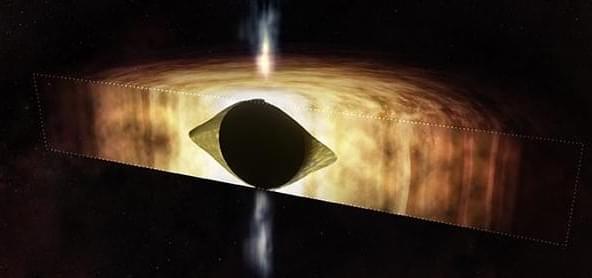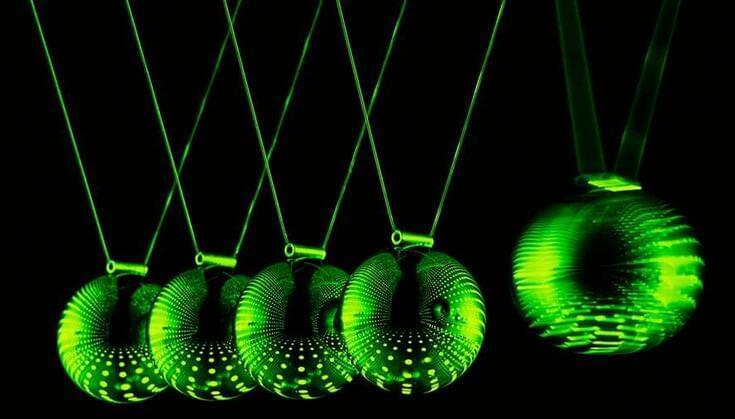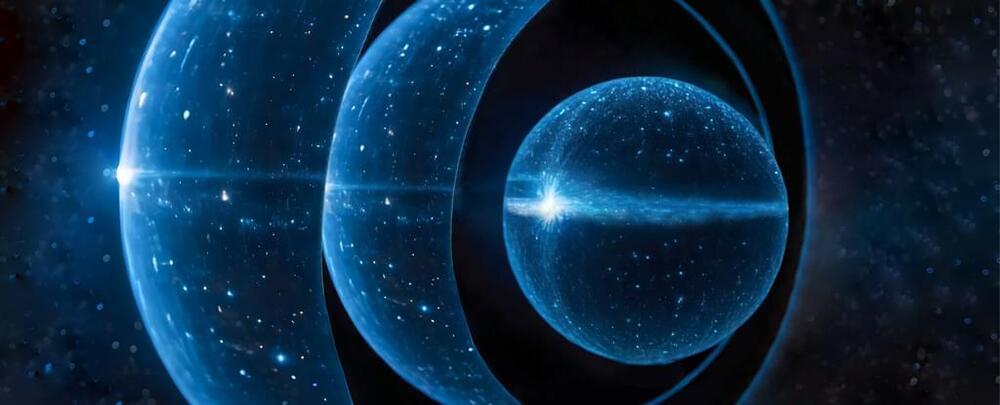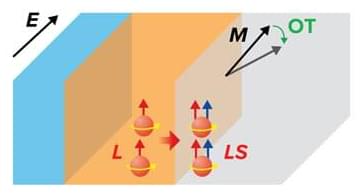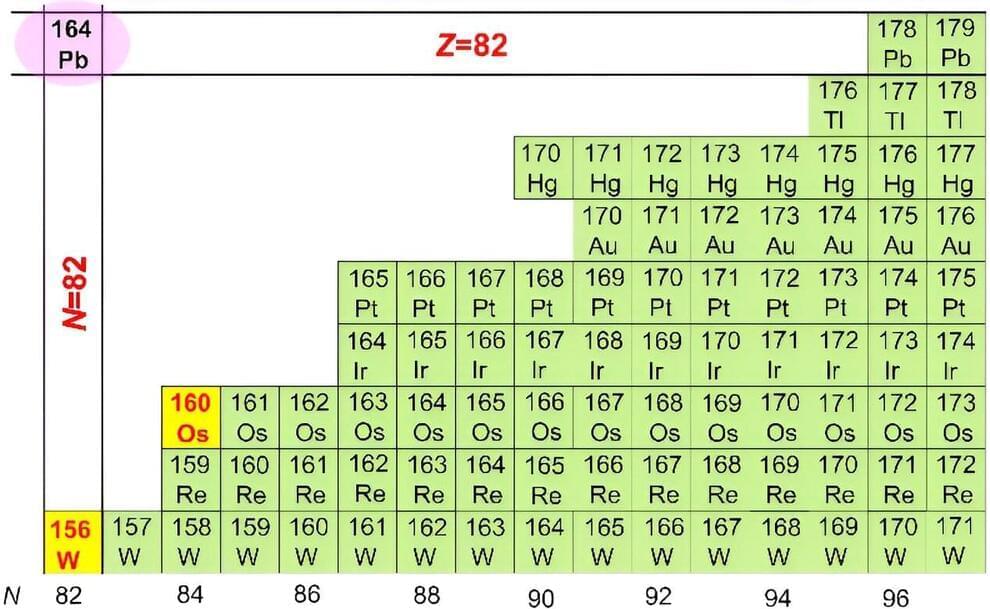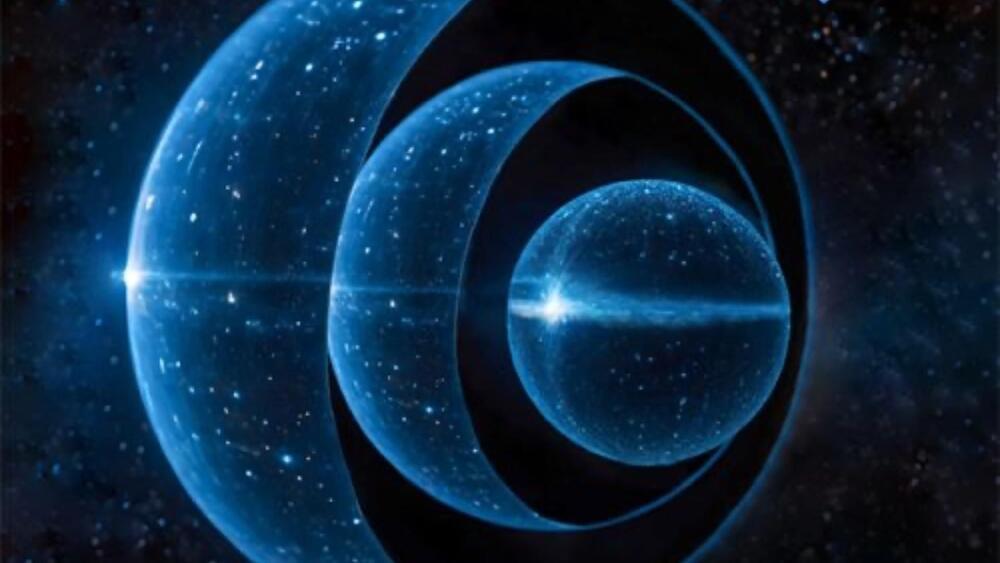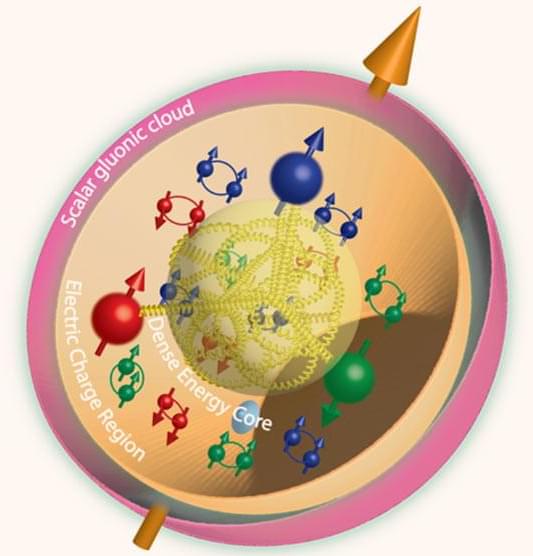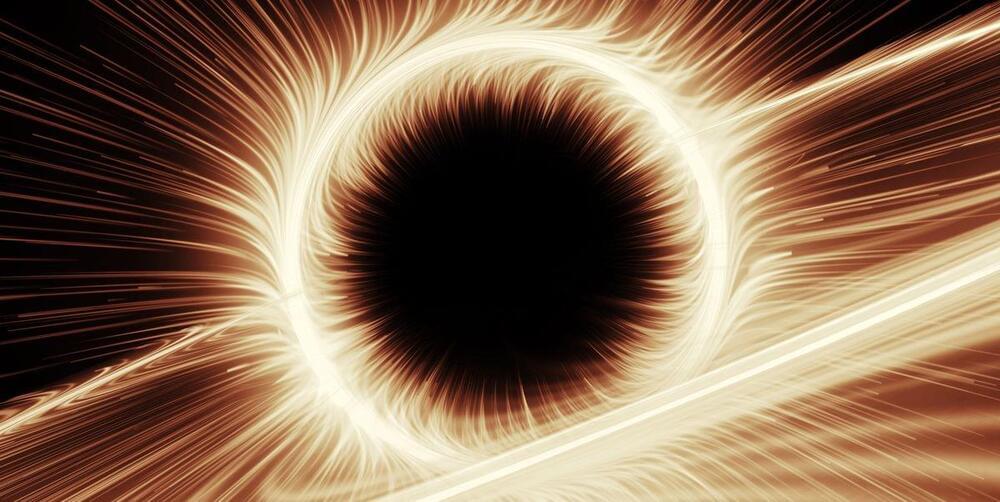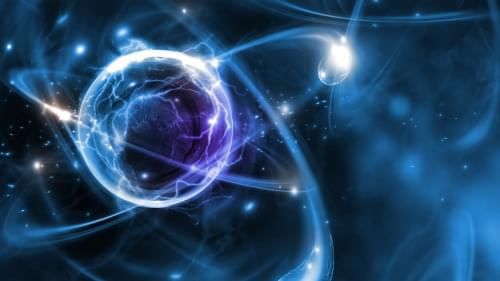Feb 22, 2024
Sagittarius A*: Spinning Black Hole Shapes Spacetime into Football
Posted by Laurence Tognetti, Labroots Inc. in categories: cosmology, physics
“A spinning black hole is like a rocket on the launch pad,” said Dr. Biny Sebastian. “Once material gets close enough, it’s like someone has fueled the rocket and hit the ‘launch’ button.”
The center of our Milky Way Galaxy is exhibiting spinning behavior while warping the spacetime environment, according to a recent study published in the Monthly Notices of the Royal Astronomical Society. A team of international researchers led by Penn State University investigated the spinning patterns of the supermassive black hole at the center of the Milky Way, Sagittarius A* (Sgr A•, which is located approximately 26,000 light-years from Earth, and holds the potential to help astrophysicists better understand the behavior of black holes throughout the cosmos.
“A spinning black hole is like a rocket on the launch pad,” said Dr. Biny Sebastian, who is a researcher in the Department of Physics & Astronomy at the University of Manitoba and a co-author on the study. “Once material gets close enough, it’s like someone has fueled the rocket and hit the ‘launch’ button.”
Continue reading “Sagittarius A*: Spinning Black Hole Shapes Spacetime into Football” »
